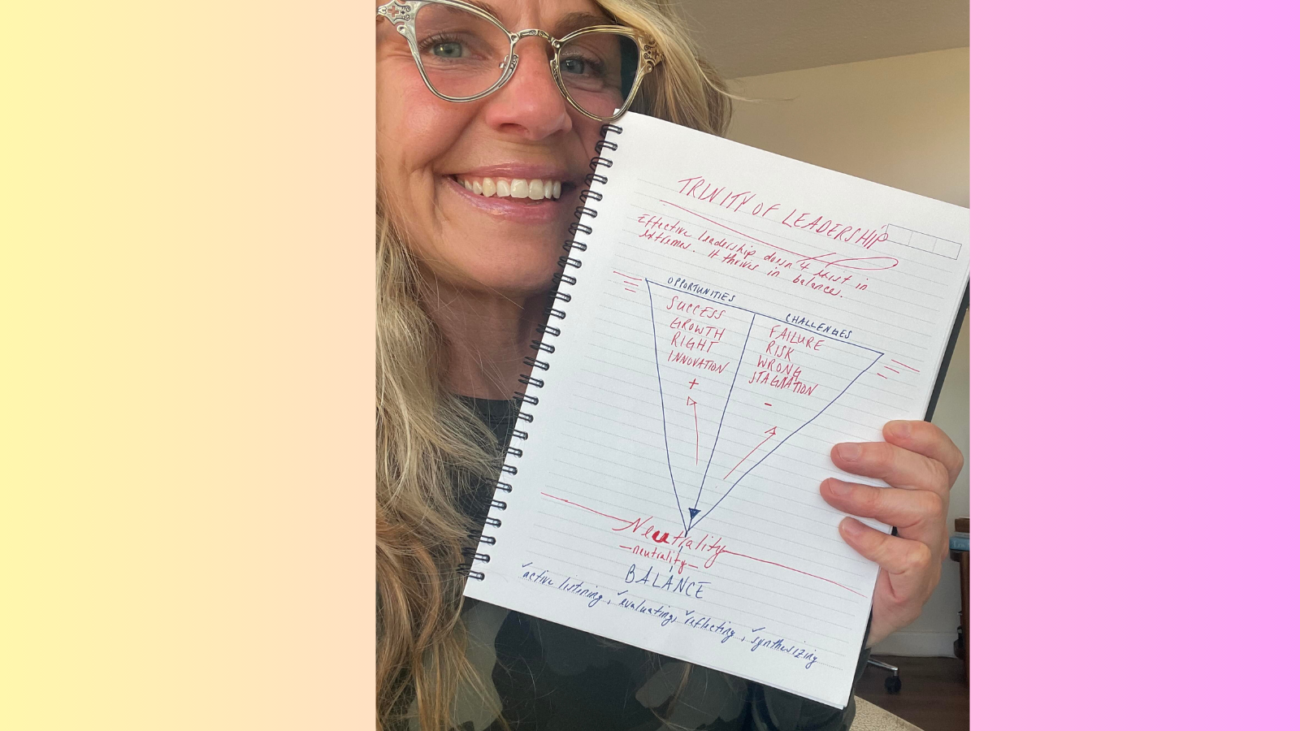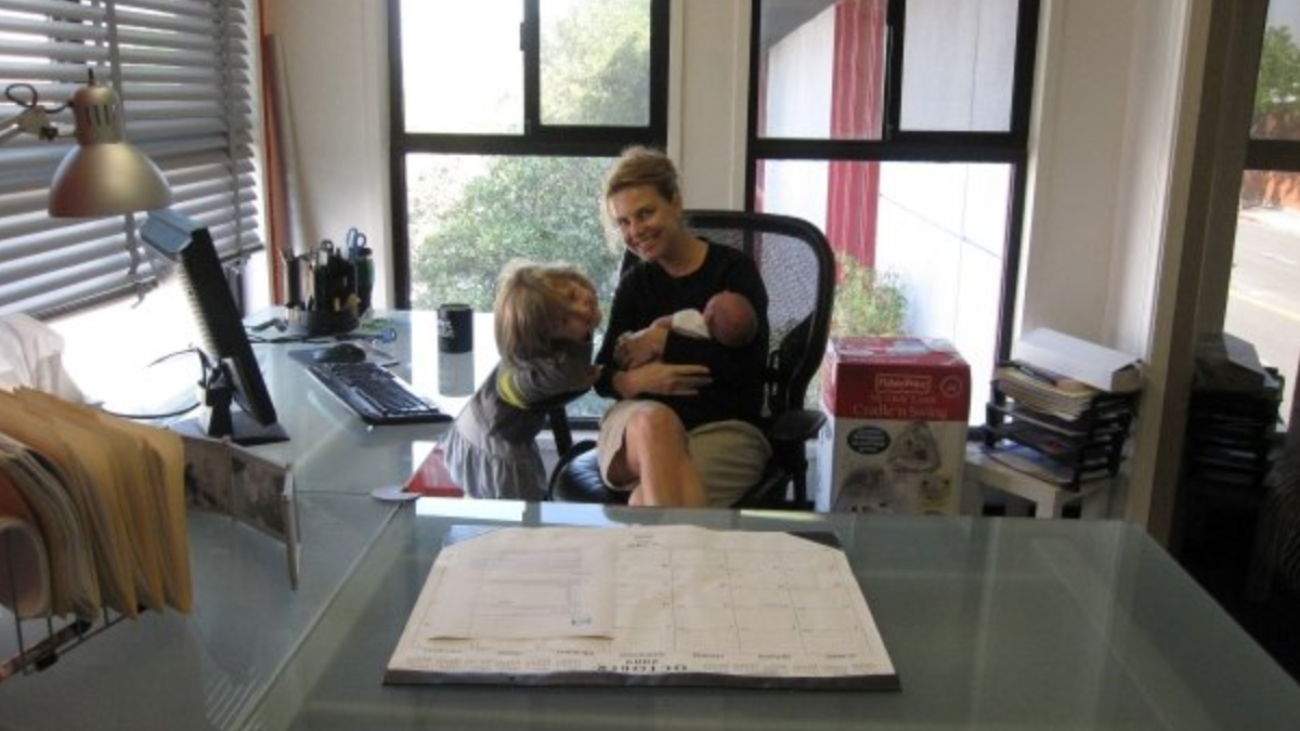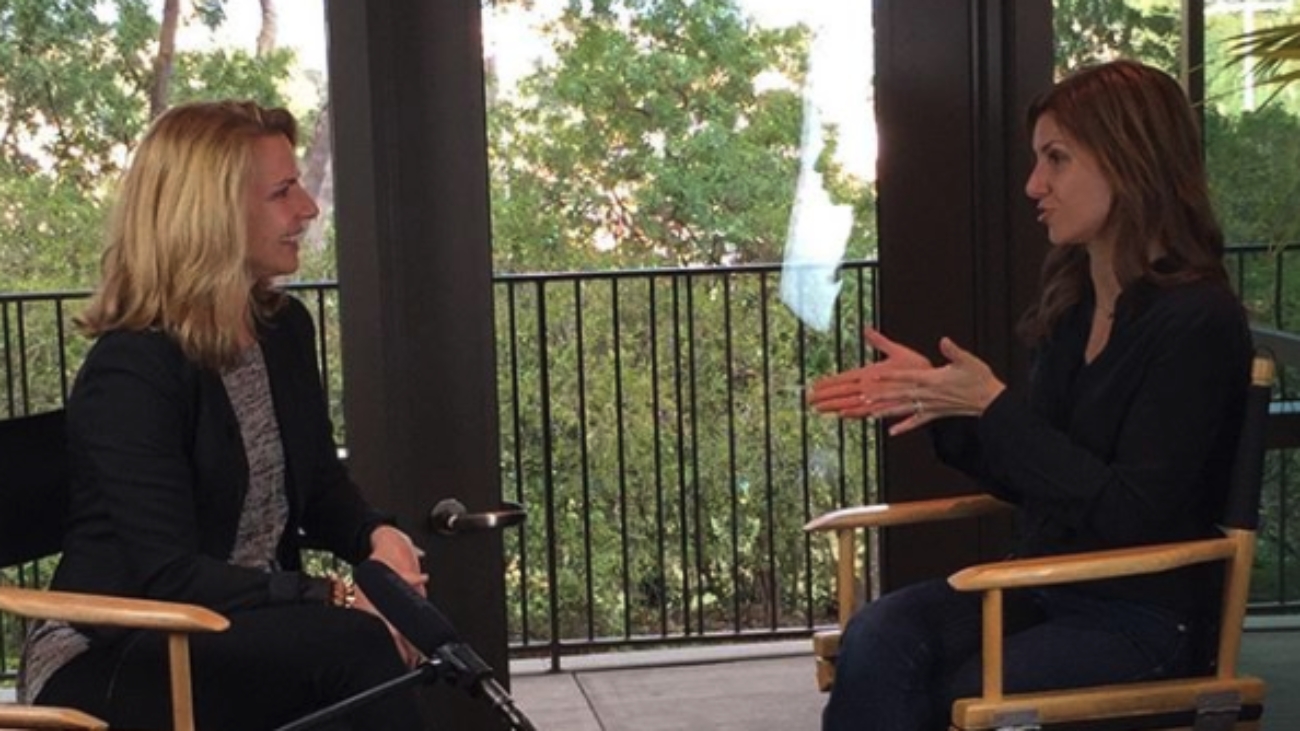It was a heated moment in the conference room.
My client Sarah, a high-level executive, was faced with a decision that could redefine her company’s future.
The room was divided. On one side, her VP of Ops advocated for an aggressive push into a new market.
On the other, her CFO warned of the financial risks.
Sarah felt the weight of her position and the tension between these opposing perspectives.
But rather than choosing a side, she paused.
She sought the neutral space between them and facilitated a discussion that aligned both perspectives into a balanced approach.
That moment transformed her team and highlighted a truth about leadership…
…real success doesn’t exist in extremes. It thrives in balance.
This is the essence of the Trinity of Leadership — a framework that recognizes the positive, the negative, and the neutral as essential components of effective leadership. Each element is valuable, but it’s the neutral space, the balancing point, where clarity, innovation, and forward momentum are born.
What is the Trinity of Leadership?
In corporate leadership, much of the focus tends to fall on binary thinking:
success vs. failure
growth vs. risk
innovation vs. tradition.
However, this duality oversimplifies the complexity of decision-making and limits the potential for transformative leadership.
The Trinity of Leadership challenges this paradigm by introducing three interconnected elements:
1. The Positive (Opportunities): These are the strengths, and forward-looking possibilities that inspire progress and ambition.
2. The Negative (Challenges): These represent the obstacles, risks, and potential pitfalls that demand caution and problem-solving.
3. The Neutral (Balance): Neutrality is the middle ground—a space that pauses without judgment, reaction, or immediate response. Instead, it is a place of thoughtful reflection. It is a space where fear disappears and opportunities come clear.
Just as the triangle’s three sides create a balanced and stable structure, the Trinity of Leadership provides a framework for achieving stability and success in complex situations.
Most leaders are taught to focus on maximizing strengths or mitigating weaknesses, but few address the value of neutrality.
Neutrality is the place in the middle that pauses, that does not judge, that does not react.
Rather it is the place that reflects.
Neutrality doesn’t imply indecision.
It’s an active state of listening, evaluating, and synthesizing information.
Neutral leaders are more likely to integrate diverse perspectives, create cohesive strategies, and inspire out of the box thinking.
Consider Joanne Smith, Delta’s Chief People Officer, who demonstrated the Trinity of Leadership during a period of organizational transformation. Faced with the challenge of aligning Delta’s workforce culture with its operational goals, Smith acknowledged the negative—resistance to change and employee concerns—while championing the positive—opportunities for innovation and improved culture. By maintaining a neutral perspective, she created initiatives that balanced these dynamics, fostering a culture of engagement and adaptability that strengthened Delta’s position as an industry leader.
Here are three ways I help organizations leverage the Trinity of Leadership framework to achieve balance and drive transformative leadership:
- Cultivating Awareness Across the Trinity:
- I guide leaders to recognize and value the interconnected roles of the positive, negative, and neutral elements in decision-making. This includes identifying opportunities for growth (positive), assessing potential risks (negative), and intentionally creating space for reflection and synthesis (neutral).
- Through workshops and coaching, I help leaders shift away from binary thinking and embrace a more holistic view of challenges and opportunities.
- Embedding Neutrality in Leadership Practices:
- I teach leaders how to harness the power of neutrality as an active state of listening, evaluating, and reflecting. This involves fostering an environment where diverse perspectives are integrated and knee-jerk reactions are replaced with thoughtful responses.
- By embedding neutrality into organizational processes—such as strategy development, conflict resolution, and innovation planning—leaders are equipped to make balanced, objective decisions that drive sustainable outcomes.
- Building Balanced Leadership Teams:
-
- I work with organizations to develop leadership teams that embody the Trinity of Leadership by ensuring each member brings strengths in different areas—positive, negative, and neutral. This diversity fosters resilience and enhances team dynamics.
- Through team coaching and facilitation, I help leaders balance ambition with caution, and reflection with action, creating a culture of equilibrium that drives collective success.
The Trinity of Leadership offers a powerful lens for understanding and navigating the complexities of corporate leadership. By embracing the positive, acknowledging the negative, and cultivating the neutral, you can become a more balanced, effective, and inspiring leader.
So, the next time you face a challenging decision, ask yourself: where is the balance, and how can I lead from that center? How will you bring this trinity into your leadership journey?








